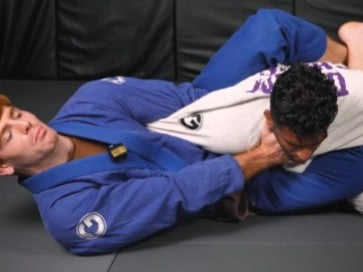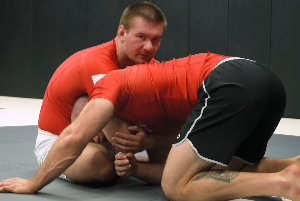Today, we're going to delve into one of the toughest - but most fun - belts of Jiu Jitsu: the Purple Belt. What does it mean to be a Purple Belt, and how is it distinguished from other Jiu Jitsu belts?
The Transitioning Phase: From Basics to Staple Techniques
The Purple Belt is a critical phase in the Jiu Jitsu journey. It marks a significant transition from learning the foundational basics of self-defense to exploring the more intricate technicalities of the martial art.

It's when you begin carving out your unique game, figuring out your preferred moves, defenses, and passes. In essence, it's when you start to develop an understanding of your overall style.
Moreover, it's during the Purple Belt phase that you begin to cultivate a particular mindset. Whether it's rolling at an open mat or competing, you're at a point where you're absorbing the vibe and rhythm of the game.
Belt promotions are not just about your skill on the mats, they're about who you are as a person. Earning a purple belt is a sign that the high level belts at your academy trust your judgment and representation of their lineage.
At the purple belt level, you should also have a very solid foundation for self defense. Holding your own in a street fight against an untrained opponent should be no problem for a purple belt.
The Purple Belt: A Foundation for Fun and Success

To many, the Purple Belt represents the foundational floor of advanced Jiu Jitsu, and it's possibly the first belt where they begin to genuinely enjoy the process.
It's akin to a puzzle, where the pieces you've learned as a White and Blue Belt start to form a coherent, satisfying image.
Recommendations for Purple Belt Competitors

If you're a Purple Belt aiming to compete, I have a few suggestions. First, consider delving into the leglock game, particularly if you're competing in No-Gi. Start familiarizing yourself with techniques like 50/50s, 80/20s, false reaps, knee bar toe hold combos, heel hooks, and outside and inside hooks. This stage of your journey—toward the end of your Blue Belt and throughout your Purple Belt—is an excellent time to get comfortable with these leg locks.
As you reach the latter stages of your Purple Belt, and if you're looking at the competitive scene, it's also the right time to begin incorporating strength and conditioning programs. Brown and Black Belt competitors often engage in cross-training to boost their performance, so it's a good idea to start following suit. Additionally, consider evaluating your diet and integrating practices like yoga into your routine at least two or three times a week. These habits can significantly contribute to your overall performance in the long run.
In a nutshell, the Purple Belt is a pivotal stage in your Jiu Jitsu journey. It's the time when you start defining what your game will be, understanding what techniques work for you, and honing your mindset for the competitive circuit. So, if you're at this stage, embrace the journey, keep refining your skills, and enjoy the process!
For more information on what a purple belt in Jiu Jitsu means, check out the video below from one of our black belt athletes. Until next time, keep practicing and evolving 🤙



